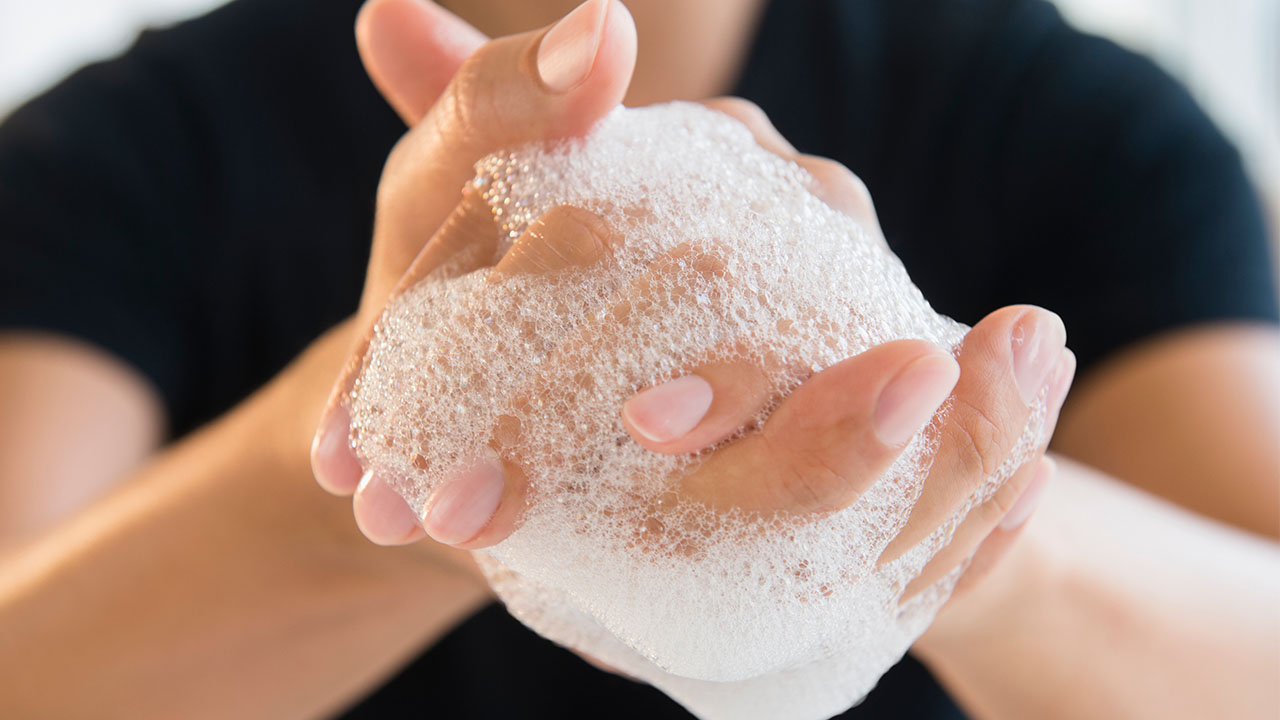Removing polyurethane from your hands can be tricky, especially if not handled correctly. While it's essential to act promptly to avoid skin irritation and discomfort, there are common mistakes that people often make when attempting to remove polyurethane.
Avoiding these mistakes can help ensure a more successful and safe cleanup process!
Ignoring Safety Precautions
One of the most significant mistakes is neglecting to take proper safety precautions before attempting to get polyurethane off hands.
Always put on protective gloves before touching the affected area. This prevents direct contact between the chemical and your skin, reducing the risk of irritation, allergies, or other adverse reactions.
Using Abrasive Methods
Scrubbing your hands aggressively to remove polyurethane seems logical, but it can worsen the situation.
Abrasive scrubbing can damage your skin, cause micro-tears, and make your skin more susceptible to irritation. Instead, opt for gentle techniques and suitable solvents to break down the polyurethane without harming your skin.
Delaying Action
Allowing polyurethane to remain on your skin for an extended period can make removing it more difficult. The substance can harden and adhere to your skin, making cleaning more challenging.
Act quickly to clean up any spills and minimize the amount of polyurethane that comes into contact with your skin.
Using Harsh Chemicals
Using strong chemical solvents or cleaners not meant for skin contact is a common mistake. These substances can harm your skin, causing burns, irritation, or allergic reactions. Stick to mild and safe solvents like vegetable oil, baby oil, or olive oil to break down the polyurethane without damaging your skin.
Rinsing with Hot Water
Hot water seems like a good idea to help dissolve polyurethane, but it can cause the chemical to become more viscous and stickier, making it harder to remove. Use lukewarm water instead, as it can help break down the polyurethane without exacerbating the problem.
Not Checking for Allergic Reactions
Before applying any solvents or substances to your skin, especially if you're using them for the first time, it's crucial to perform a patch test on a small area of your skin to check for allergic reactions.
Applying a small amount of the solvent to a less sensitive area, such as the inside of your wrist, can help you determine if you're sensitive to it.
Scratching or Picking
Avoid scratching or picking at the polyurethane on your skin, as this can cause irritation inflammation, and even break the skin's protective barrier. Instead, focus on gentle methods and allow the solvent to break down the polyurethane.
Neglecting Follow-Up Care
Once you've successfully removed the polyurethane from your hands, taking care of your skin is essential afterwards. Apply a gentle, fragrance-free moisturizer to replenish lost moisture and help soothe irritation.
Not Seeking Medical Help if Necessary
If you experience severe skin irritation allergic reactions, or if the polyurethane comes into contact with sensitive areas like your eyes or mouth, seek medical assistance immediately. Don't try to self-diagnose or treat serious reactions on your own.
The Bottom Lines
Removing polyurethane from your hands requires careful consideration and proper techniques to ensure both effectiveness and safety. By avoiding these common mistakes and using gentle methods and safe solvents, you can successfully clean your hands without causing harm to your skin.
If you need more certainty about the best approach or encounter any unexpected reactions, feel free to seek professional advice or medical assistance. Your skin's health and safety should always be a top priority.


